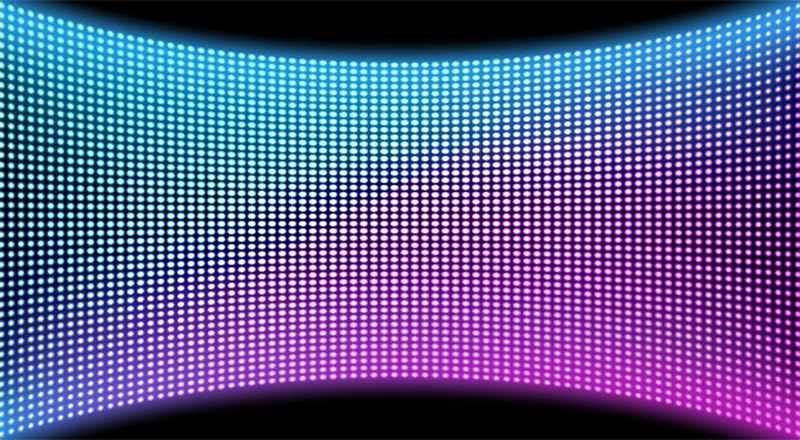
Introduction:
In recent years, light-emitting diode (LED) display modules have become increasingly popular due to their vibrant visual output and wide range of applications. However, determining the quality of an LED display module can be challenging, as it involves careful consideration of various factors. This paper aims to outline the key indicators and relevant standards used to assess the quality of LED display modules.
1. Resolution and Pixel Pitch: One of the primary factors in evaluating the quality of an LED display module is the resolution and pixel pitch. Resolution refers to the number of pixels in the display, and a higher resolution signifies better image clarity. Pixel pitch, on the other hand, denotes the distance between adjacent pixels. Smaller pixel pitch values result in a higher pixel density, leading to sharper and more detailed visuals.
2. Color Reproduction: The accurate reproduction of colors is crucial for an LED display module's quality. It is important to assess the module's color gamut, which refers to the range of colors that can be displayed. The wider the color gamut, the better the module's ability to reproduce accurate and vibrant colors. Additionally, color uniformity across the display should be examined to ensure consistent color representation.
3. Brightness and Contrast Ratio: Brightness is an essential factor that directly impacts the visibility of LED display modules, particularly in outdoor applications. A higher brightness level enables clearer visuals even in bright ambient lighting conditions. The contrast ratio, which indicates the difference between the brightest and darkest areas of an image, also contributes to image quality. A higher contrast ratio ensures better differentiation between light and dark areas, enhancing overall visual impact.
4. Viewing Angle: The viewing angle determines the optimal range from which the LED display module can be viewed without experiencing any visual distortions. A wider viewing angle allows viewers to perceive consistent image quality, regardless of their position relative to the display. Evaluating the module's viewing angle ensures that it is suitable for a wider audience and different installation environments.
5. Reliability and Longevity: In addition to visual performance, the reliability and longevity of an LED display module should be considered. This encompasses factors such as the module's operating temperature range, the lifespan of the LEDs, and its overall durability. Compliance with international standards such as IP rating (determining dust and water resistance) and certifications like CE, FCC, or RoHS indicate adherence to quality and reliability standards.
Conclusion:
Evaluating the quality of LED display modules involves assessing various parameters, including resolution, pixel pitch, color reproduction, brightness, contrast ratio, viewing angle, and reliability. Adherence to relevant international standards ensures that the module meets the necessary requirements for optimal performance and durability. By considering these factors, stakeholders can make informed decisions when selecting LED display modules that best suit their specific needs and usage scenarios.
